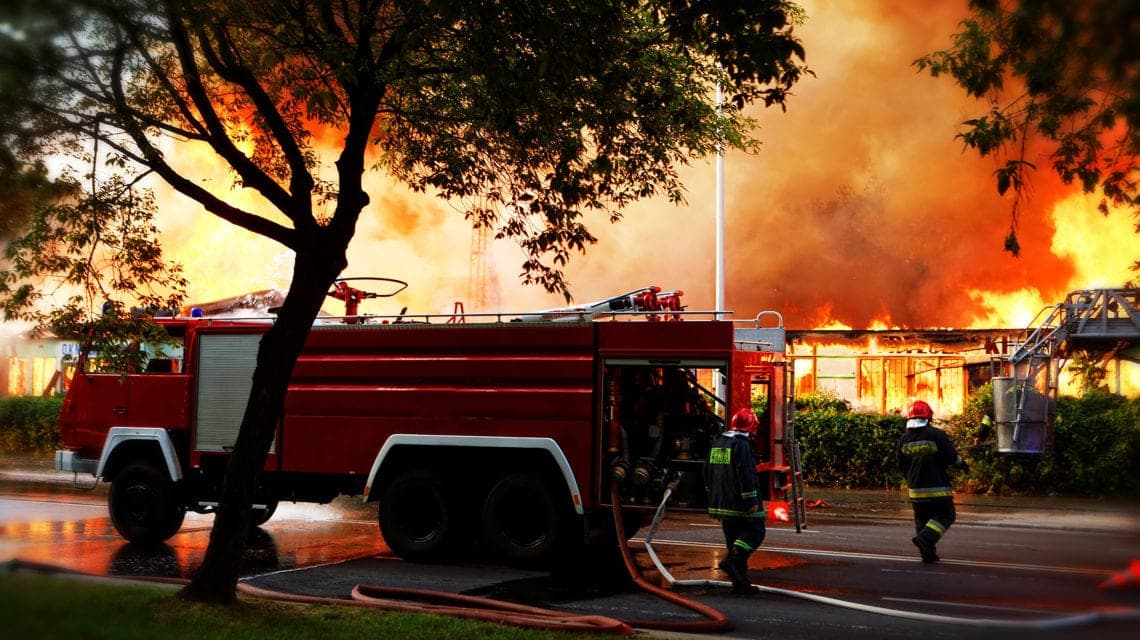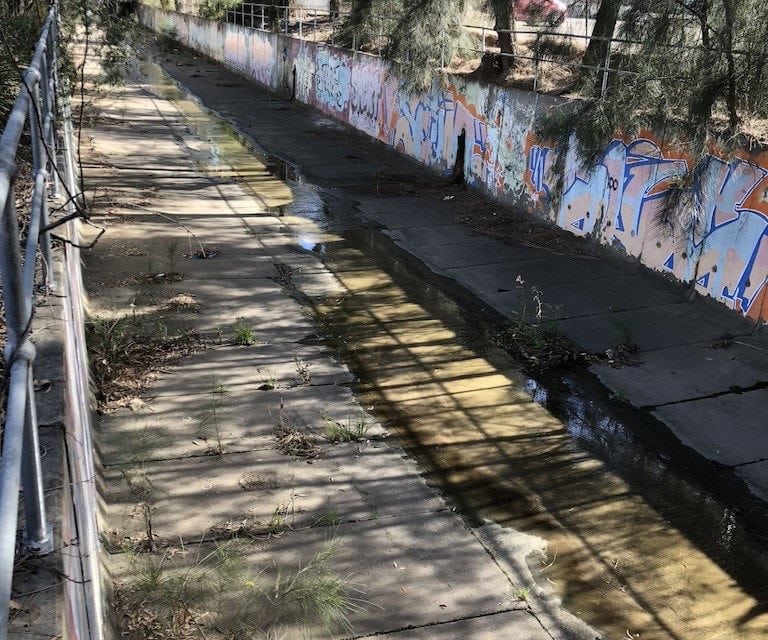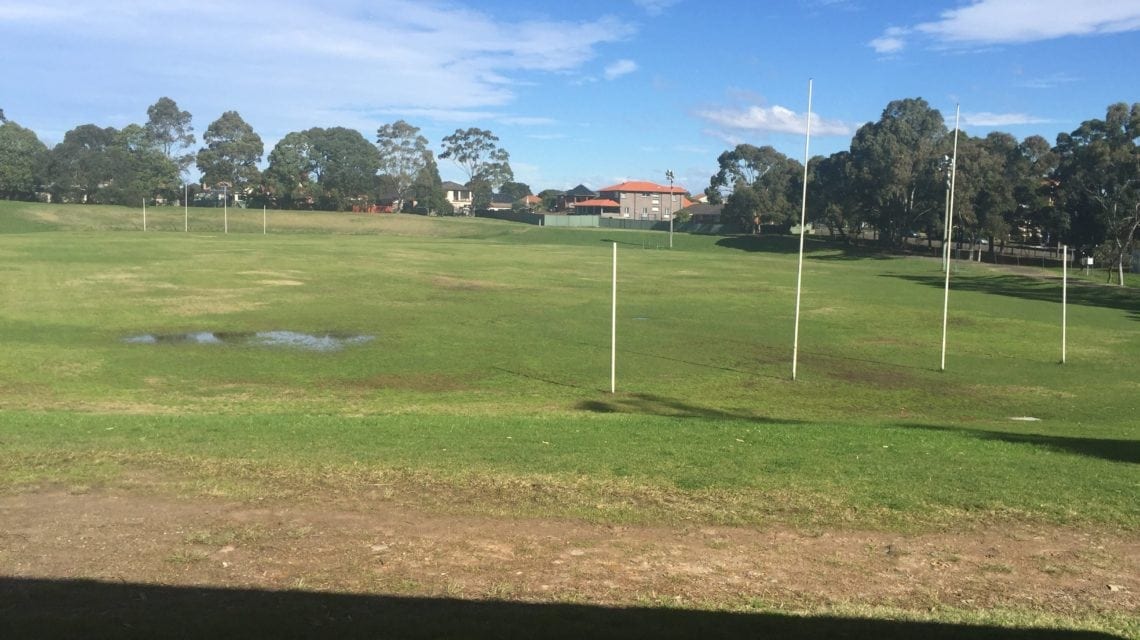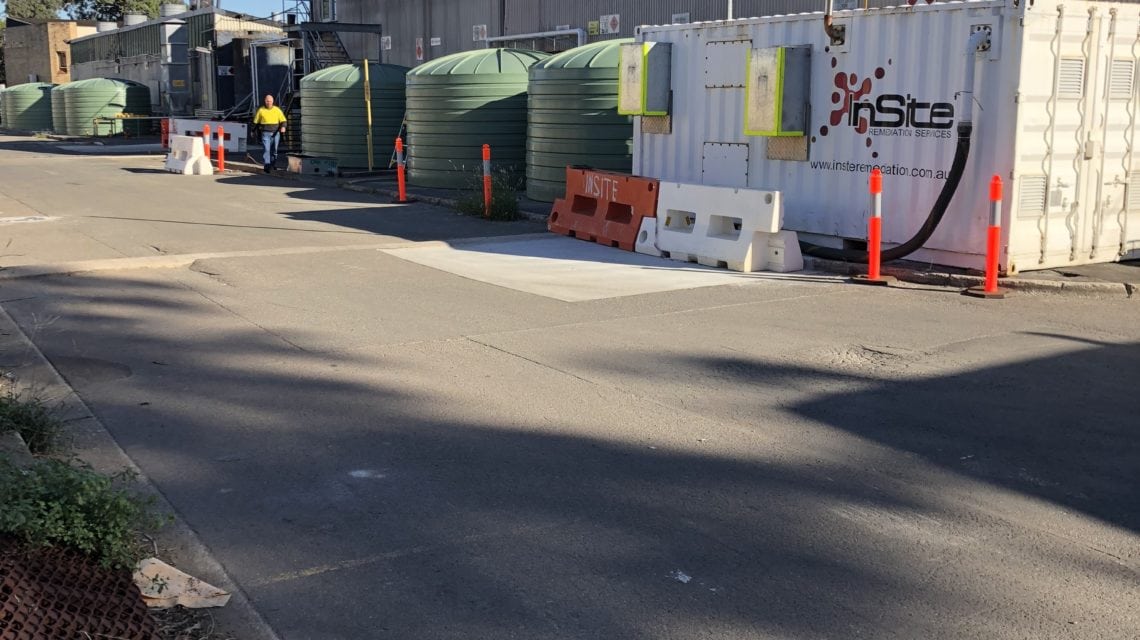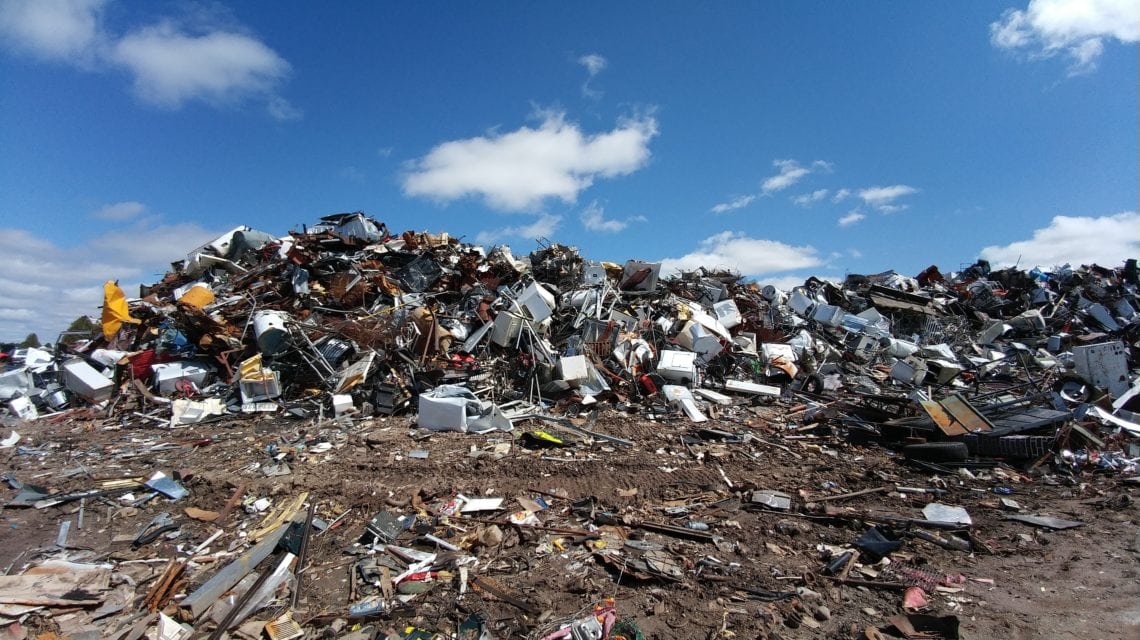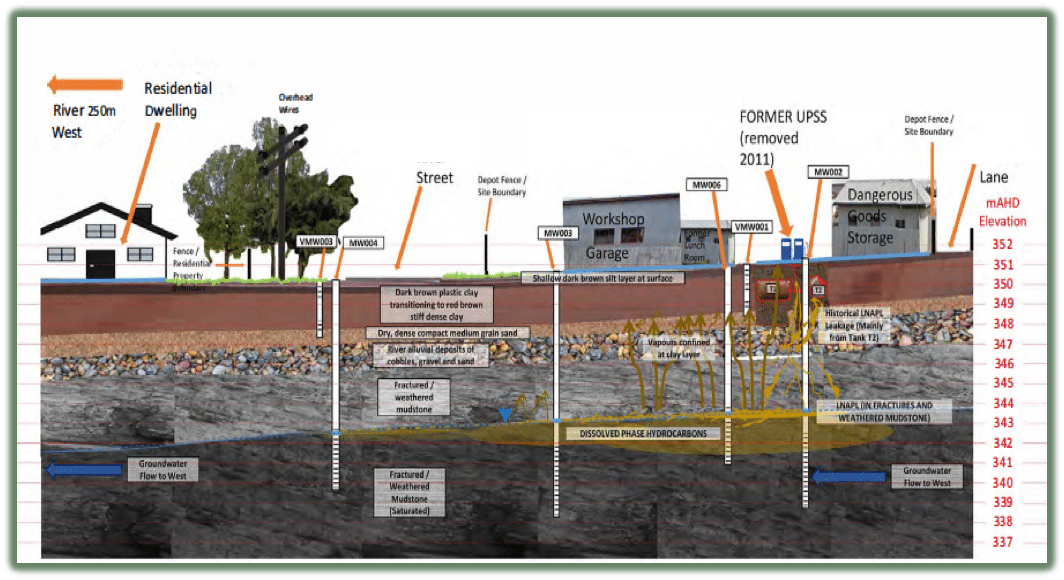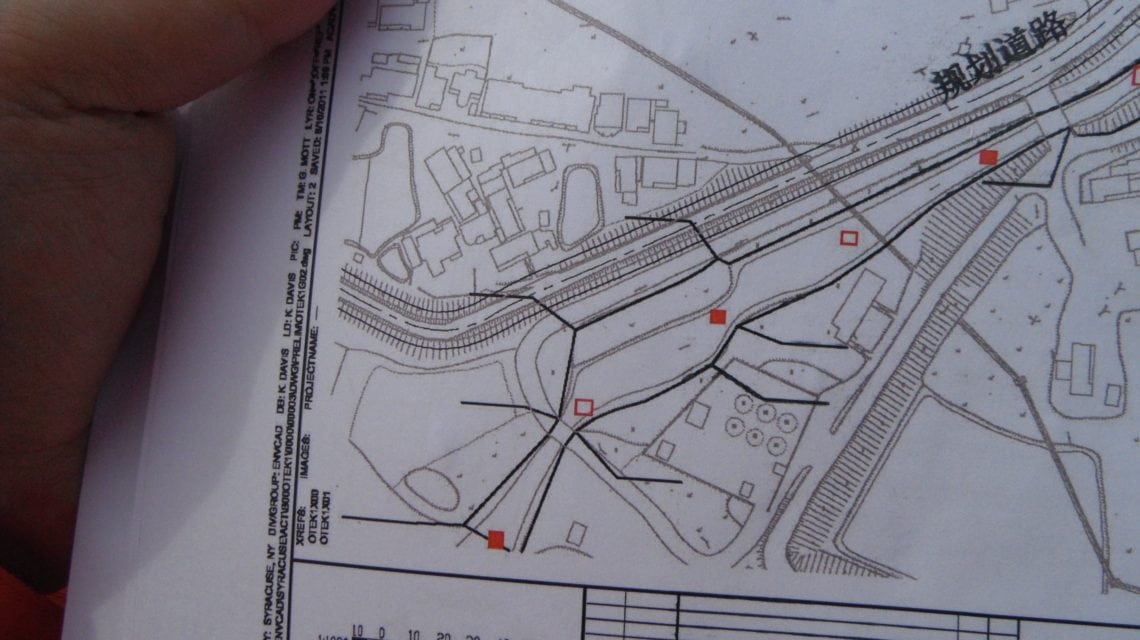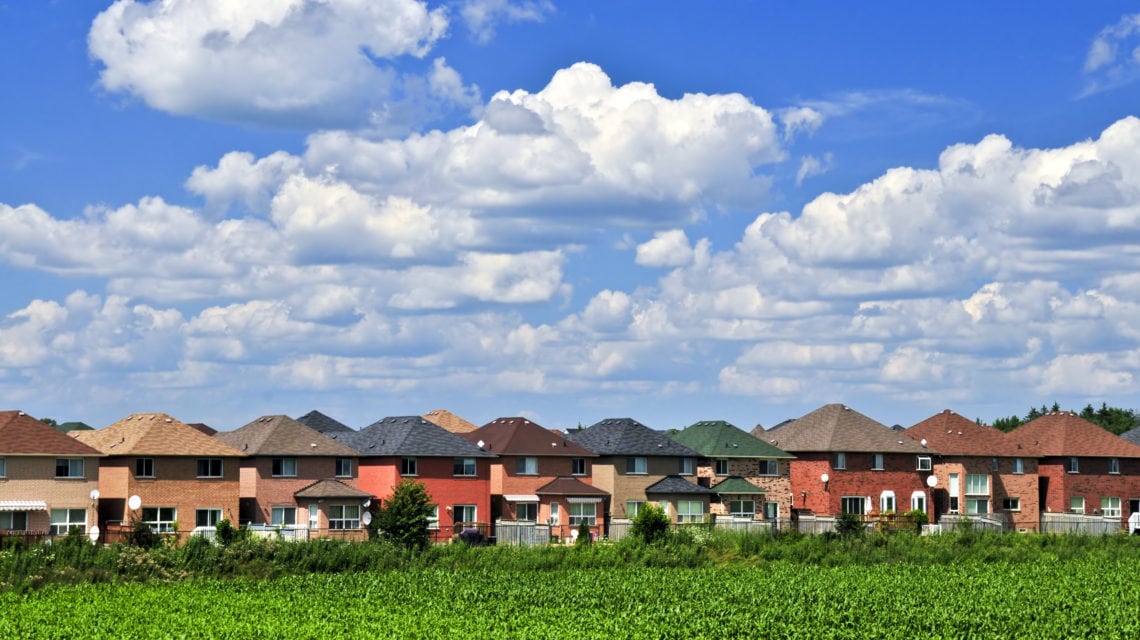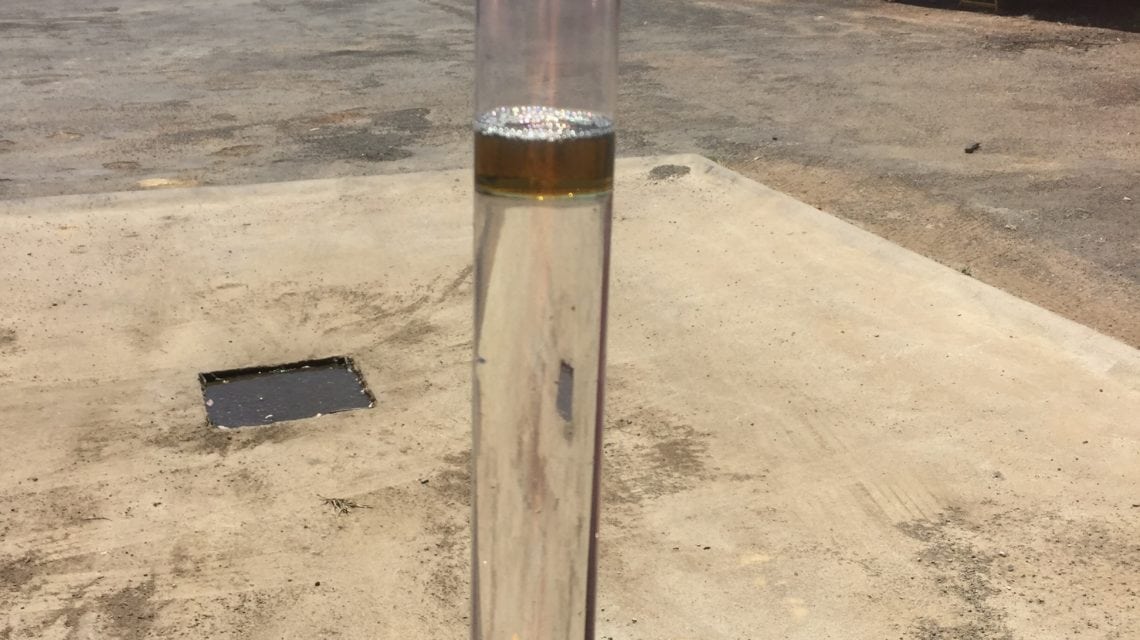
Light nonaqueous phase liquids (LNAPL), sometimes referred to as phase separated hydrocarbons (PSH), are hydrocarbons that have densities lower than water and don’t mix with water (i.e. think of petrol or oil floating on water). In environmental consulting, we generally come across LNAPL when it floats on the groundwater table or is sorbed into the
read more
